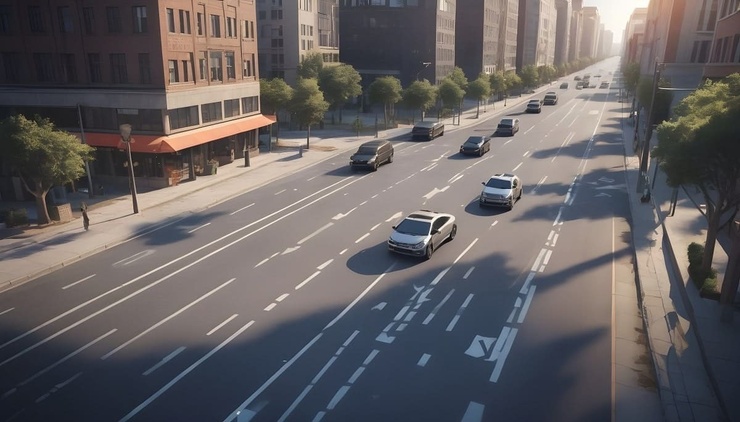Resources
Thought leadership, articles and tips for your last mile journey
Filter by topic

Vehicle Routing
Blog
How Data Integration Improves Vehicle Routing Accuracy and Performance
Read more

Route Planner
Blog
Flexible Truck Routes for Peak Demand: How AI Improves Truck Driving Routes
Read more

Route Planner
Blog
Solving Capacity Issues: Multi Stop Route Planning for Big and Bulky Shipments
Read more

Route Planner
Blog
How an Online Route Planner Improves Collaboration Between Dispatchers and Drivers
Read more

AI Route
Blog
Why AI Route Planning is Becoming the Standard for Scalable Delivery Operations
Read more

Last-Mile
Blog
Cutting Down Last Mile Delivery Costs and Ensuring Efficient Delivery Practices
Read more

Route Planner
Blog
Ensuring Compliance and Safety with an Enterprise-Grade Route Planner App
Read more
